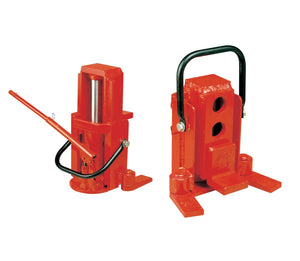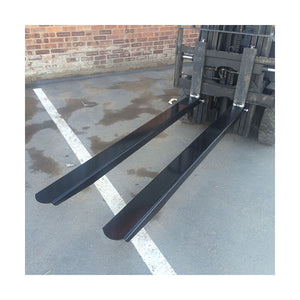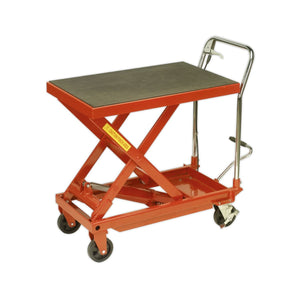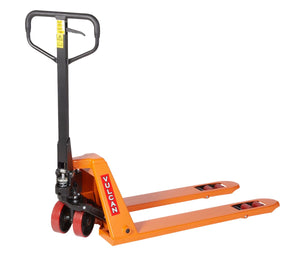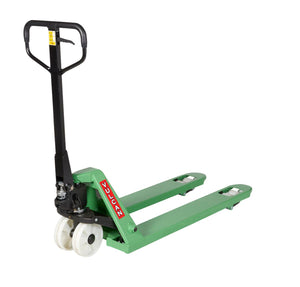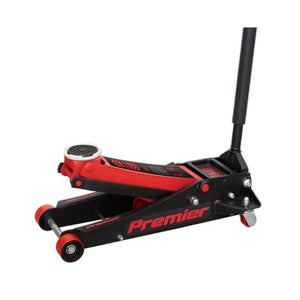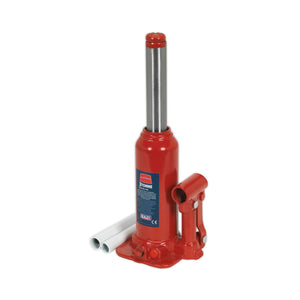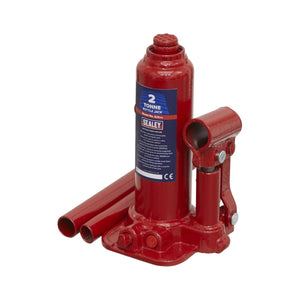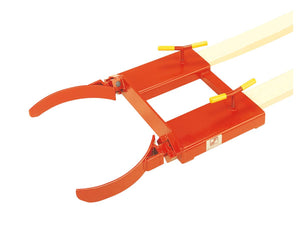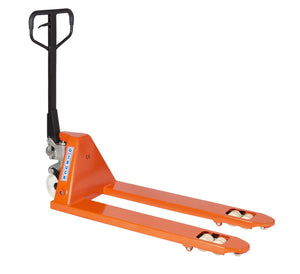Our lifting equipment is designed to help businesses meet the rigorous demands of UK health and safety legislation, thereby reducing the risk of penalties while improving workplace safety. In particular, our products help you to comply with the following key pieces of legislation:
-
Health and Safety at Work etc. Act 1974 (HSWA): This foundational law sets out the general duties employers have towards employees and members of the public, and employees have to themselves and each other. It's the cornerstone of workplace safety, ensuring a safe operating environment.
-
Lifting Operations and Lifting Equipment Regulations 1998 (LOLER): Specifically relevant to lifting equipment, LOLER regulations require all lifting operations involving lifting equipment to be properly planned, appropriately supervised and carried out safely. This includes ensuring that lifting equipment is fit for purpose, regularly inspected, and maintained.
-
Provision and Use of Work Equipment Regulations 1998 (PUWER): The PUWER regulations ensure that all work equipment, including lifting devices, is suitable for its intended purpose, safe for use, and accompanied by adequate safety information. It mandates regular maintenance and inspections to ensure continued safety and compliance.
Advanced lifting equipment facilitates quicker and more efficient material handling and significantly enhances overall operational efficiency.
Our lifting equipment enables a smoother workflow by minimising the physical strain on employees and reducing the time spent on manual lifting and moving tasks. This leads to a substantial increase in productivity, as workers can focus more on value-added activities rather than labor-intensive tasks.
Moreover, the precision and reliability of lifting equipment reduce the risk of material damage, further optimising the supply chain and inventory management processes.
Implementing the correct lifting equipment minimises manual handling, significantly lowering the risk of musculoskeletal injuries among workers.
With musculoskeletal disorders one of the most common types of workplace-related ill health in the UK, any steps that can be taken to reduce its effects should be taken.




















